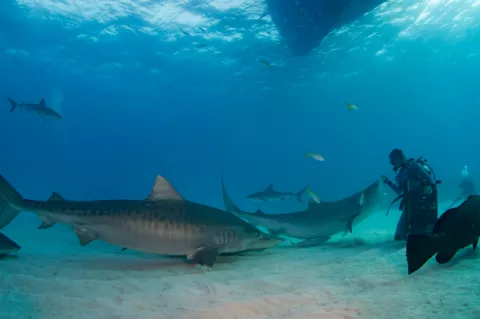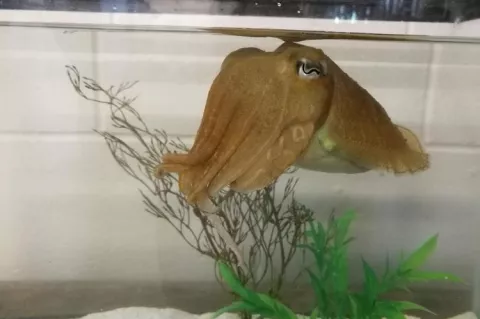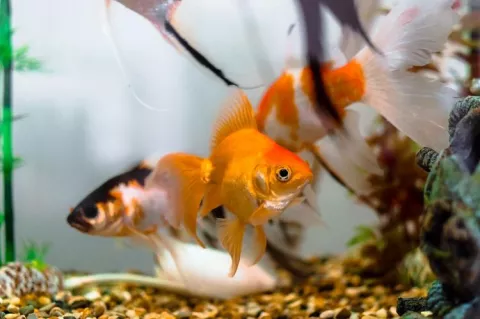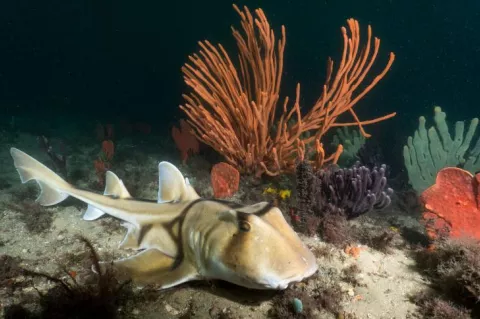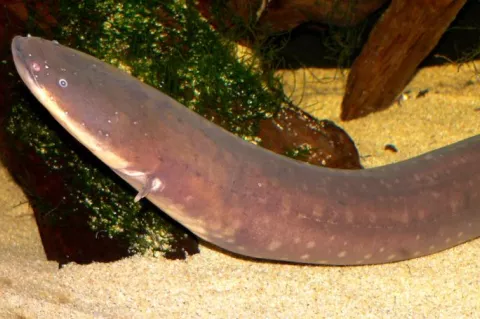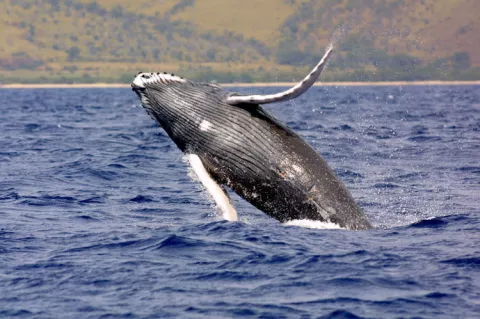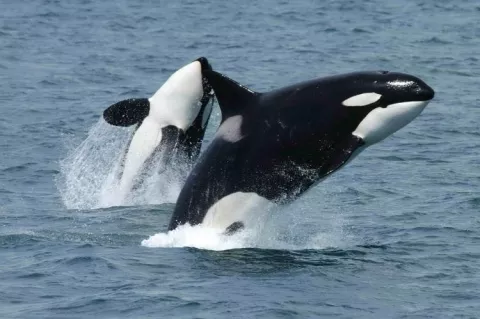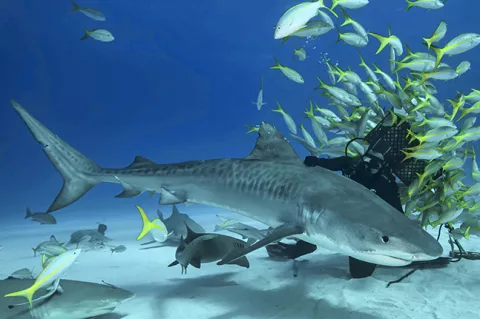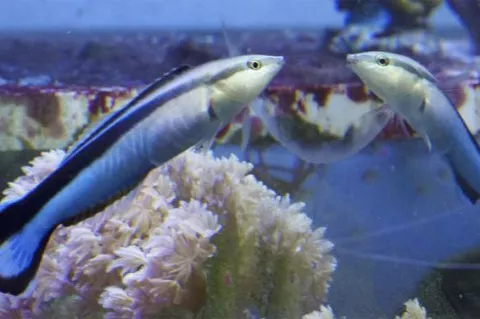Shark species takes turns hunting
Niche partitioning of time, space or resources is considered the key to allowing the coexistence of competitor species, and particularly guilds of predators such as sharks.
However, the extent to which these processes occur in marine systems is poorly understood due to the difficulty in studying fine-scale movements and activity patterns in mobile underwater species.

